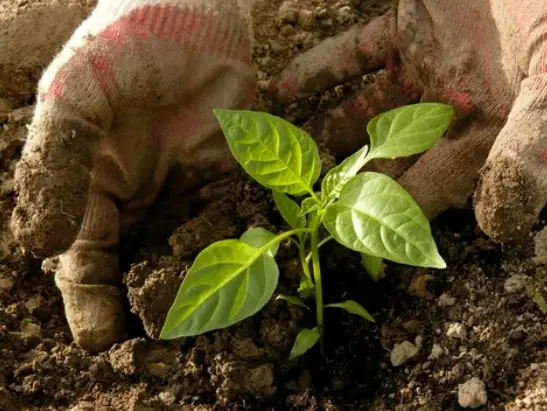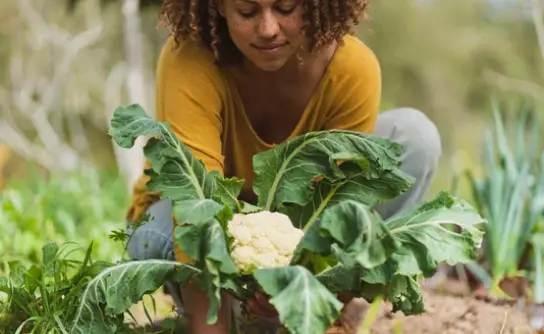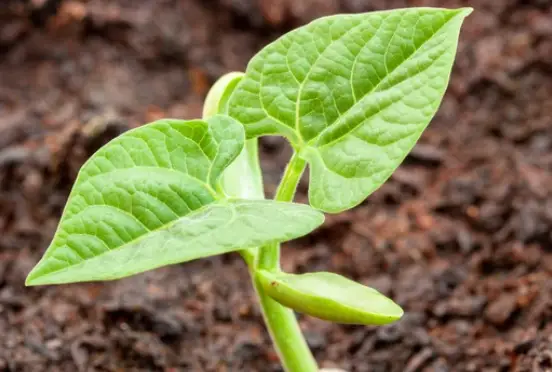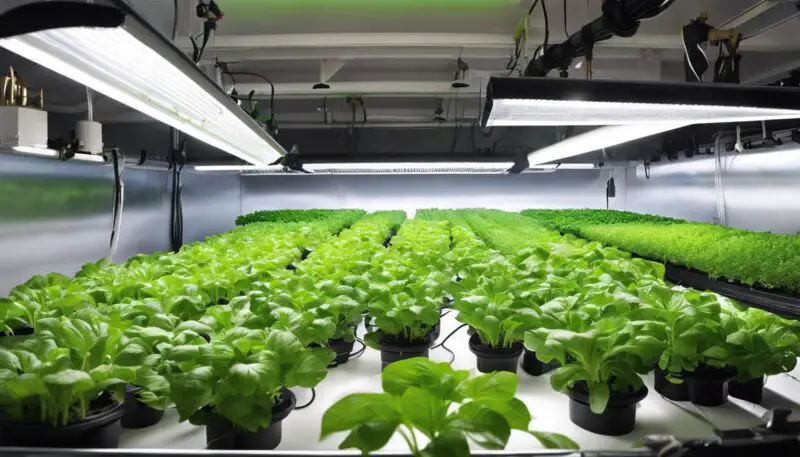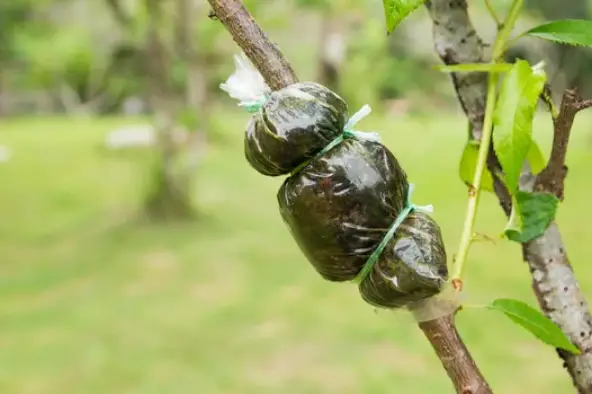Vegetable Garden What To Plant And How To Grow/Harvest Them

Starting a vegetable garden can be a fun and rewarding hobby, but it can also be overwhelming trying to decide what to plant.
There are so many different vegetables to choose from and it can be difficult to know which ones will be the most successful in your particular climate and space.
In this blog post, we’ll go over some tips for deciding what to plant in your vegetable garden, including considerations for climate, space, and personal preference.
Choosing the Right Vegetables

First and foremost, it’s important to choose vegetables that will grow well in your climate.
Some vegetables, like tomatoes and peppers, need a long growing season and a lot of sun, while others, like lettuce and spinach, can handle cooler temperatures and partial shade.
Do some research on the typical weather patterns in your area and choose vegetables that will thrive in those conditions.
Consider The Space you Have Available
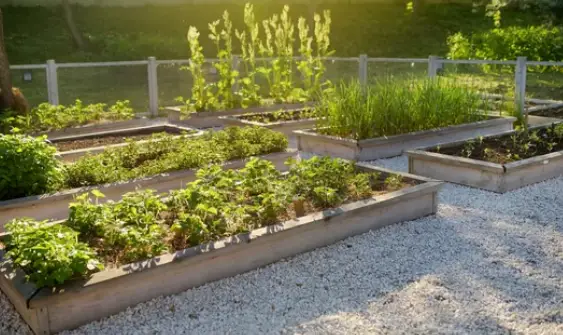
Next, consider the space you have available for your vegetable garden. If you have a small backyard, you may want to focus on vegetables that don’t take up too much room, like cherry tomatoes, cucumbers, and radishes.
If you have a larger space, you can afford to plant vegetables that require more room, like pumpkins and watermelons.
Personal Preferences
It’s also a good idea to think about your personal preferences when deciding what to plant in your vegetable garden.
Do you enjoy cooking with herbs? Consider planting basil, rosemary, and thyme. Do you love to make salads? Plant lettuce, spinach, and arugula. Don’t be afraid to experiment with different vegetables and see what you like best.
Now, let’s go over some specific vegetables that are great for beginner gardeners. These vegetables are relatively easy to grow and can be successful in a wide range of climates.
Vegetables That Are Easy to Grow In Different climates

Tomatoes
Tomatoes are a classic choice for a vegetable garden, and for good reason. They are relatively easy to grow, especially if you start with seedlings rather than seeds, and they produce a bountiful harvest.
There are many different varieties of tomatoes to choose from, so you can experiment with different flavors and sizes. Just be sure to provide your tomatoes with plenty of sun and water, and be prepared to stake or cage them as they grow to support their heavy fruit.
Peppers
Peppers are another easy-to-grow vegetable that can add a lot of flavor to your meals. Like tomatoes, peppers come in a wide range of varieties, so you can choose sweet or spicy, bell or hot.
They also need plenty of sun and water, and they can be grown in containers if you don’t have a lot of space.
Lettuce and spinach
Lettuce and spinach are cool-season vegetables that are perfect for a beginner gardener. They grow quickly and can be planted directly from seed.
They also don’t take up a lot of space and can be grown in containers or in a small corner of your garden. Just be sure to keep them well-watered and protected from the hot midday sun.
Beans
Beans are another easy-to-grow vegetable that can be planted directly from seed.
They come in many different varieties, including bush beans and pole beans, and they can be grown in a wide range of climates. Beans are a great source of protein and are a tasty addition to salads and stir-fries.
Carrots
Carrots are another beginner-friendly vegetable that can be grown from seed. They take a little longer to mature than some other vegetables, but they are relatively easy to grow and can be grown in a wide range of climates. Just be sure to prepare your soil well and keep your carrot seeds moist until they germinate.
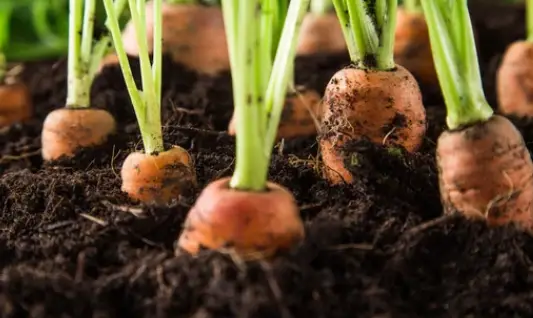
These are just a few examples of the many vegetables you can plant in your garden. Other easy-to-grow options include peas, zucchini, and beets.
In addition to considering your climate, space, and personal preferences when deciding what to plant in your vegetable garden, there are a few other things you may want to consider.
Soil Preparation
Different vegetables have different soil requirements, so it’s important to choose vegetables that will thrive in the soil you have available.
If your soil is poor or lacking in nutrients, you may want to consider adding compost or fertilizers to improve its quality. You should also test your soil pH to make sure it is in the appropriate range for the vegetables you want to grow.
Watering
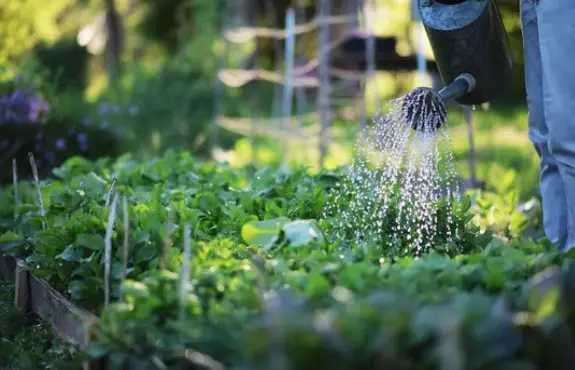
Proper watering is crucial for the success of your vegetable garden.
Different vegetables have different watering needs, so it’s important to research the specific requirements for the vegetables you are growing.
In general, it’s best to water deeply and infrequently, rather than giving your plants a little bit of water every day. This encourages deeper root growth and helps your plants become more drought-tolerant.
Pest Control
Even the most well-tended vegetable garden can fall victim to pests.
To reduce the risk of pests, choose vegetables that are resistant to common pests in your area and practice organic pest control methods, such as using companion planting and natural predators to keep pests at bay.
The appearance of Your Vegetable Garden
Finally, you may want to consider the appearance of your vegetable garden.
While the primary purpose of a vegetable garden is to produce food, there’s no reason it can’t be visually appealing as well.
Consider choosing vegetables with colorful fruits or interesting foliage to add interest to your garden. You can also use mulch, flowers, and other decorative elements to make your garden look attractive.
Conclusion
In Conclusion, starting a vegetable garden can be a fun and rewarding hobby. To decide what to plant, consider your climate, space, and personal preferences, as well as subtopics such as soil preparation, watering, pest control, and appearance. With a little planning and care, you can have a successful and productive vegetable garden

